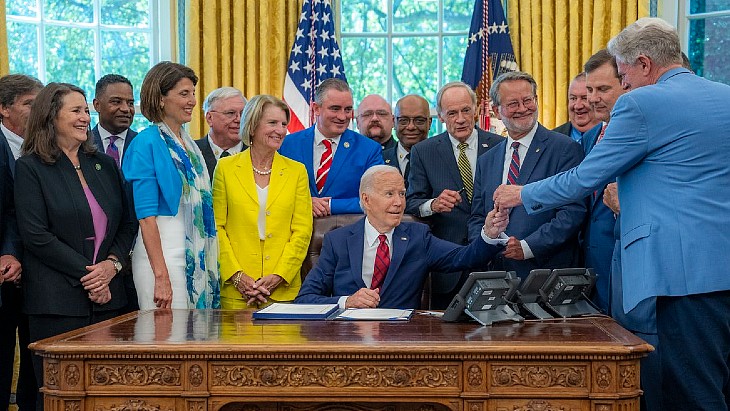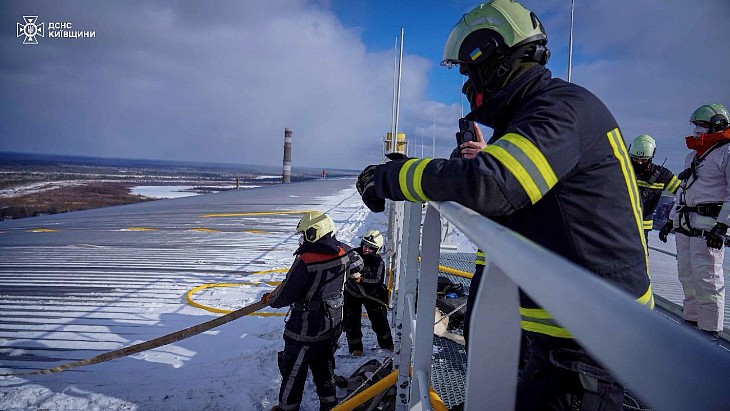US restores loss of coolant safety testing capability
.jpg)
The experiment, known as the TWIST experiment, uses a specially developed experiment holder - the TWIST capsule - to hold a fuel sample surrounded by water, which can be rapidly drained during testing. The TREAT Facility produces transient pulses - short, sudden bursts of energy that are five times more powerful than a commercial reactor - which, together with the TWIST capsule, can simulate loss of coolant accident (LOCA) conditions in a controlled environment.
LOCA testing is a key part of assessing the behaviour of nuclear fuels and materials, to ensure that equipment maintains its intended safety function should an accident occur when a reactor core loses its cooling water more rapidly than it can be replaced. However, the USA has not been able to perform LOCA tests since Idaho National Laboratory's Power Burst Facility shut down in the mid-1980s. Since then, it has collaborated with Norway to carry out safety tests using the Halden Boiling Water Reactor, but since that reactor closed in 2018, LOCA testing has only been possible in one test reactor in Russia.
The TWIST experiment restores the USA's ability to perform LOCA testing and supports the development of accident tolerant fuels that could extend operating cycles and reduce the amount fuel needed to operate commercial reactors, according to the Department of Energy's Office of Nuclear Energy.
"Loss of coolant accident testing is essential to developing new fuels that will boost the performance of our nuclear power plants and help them run more efficiently," said Bill McCaughey, director of advanced fuel technologies for the Office of Nuclear Energy.
The TREAT facility was built in the 1950s, originally to test fast reactor fuels. It was placed on standby in 1994, but the Department of Energy in 2013 proposed re-establishing the capability to conduct transient testing to aid in the development of new, advanced, safer and more efficient reactor fuels, leading to a decision to restart the facility. TREAT restarted in 2017 and resumed operations in 2018.
Idaho National Laboratory made modifications to TREAT to accommodate a larger experiment rig that can be used by TWIST and future experiments at the facility and will also be used for upcoming sodium loop tests to support the development of TerraPower’s Natrium small modular reactor.
The TREAT facility will also house the Department of Energy's MARVEL sodium-potassium-cooled microreactor which is expected to be operational in 2025.



_49215.jpg)





_66488.jpg)


